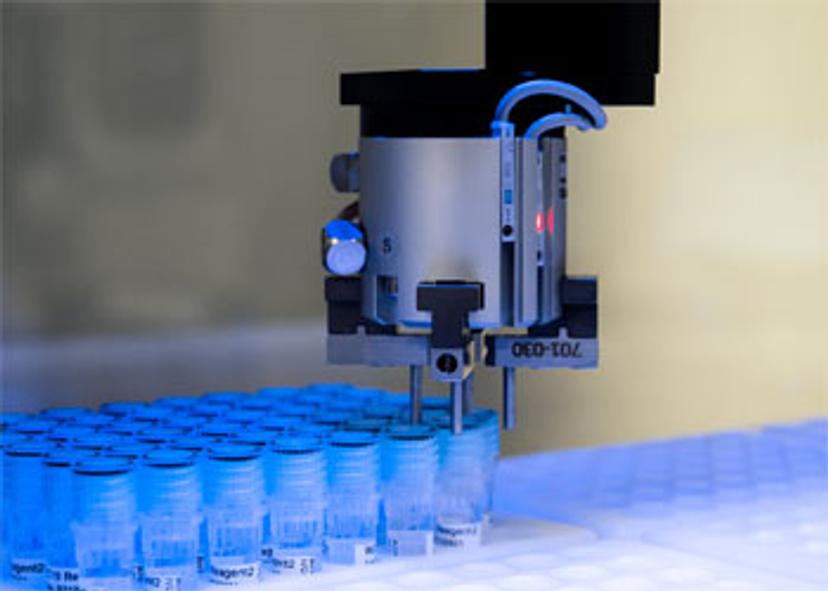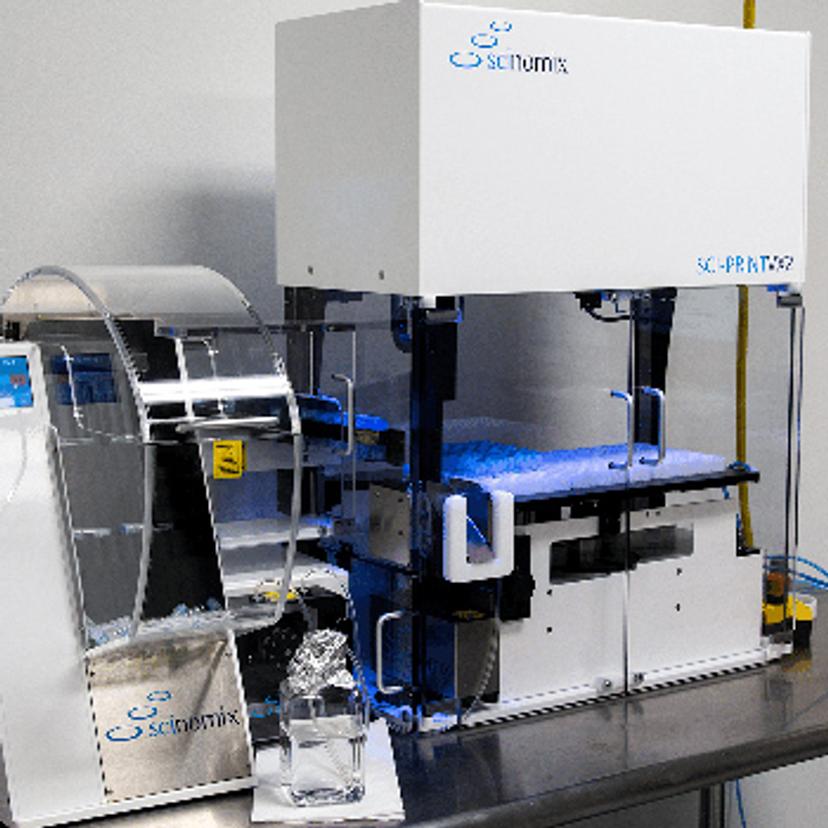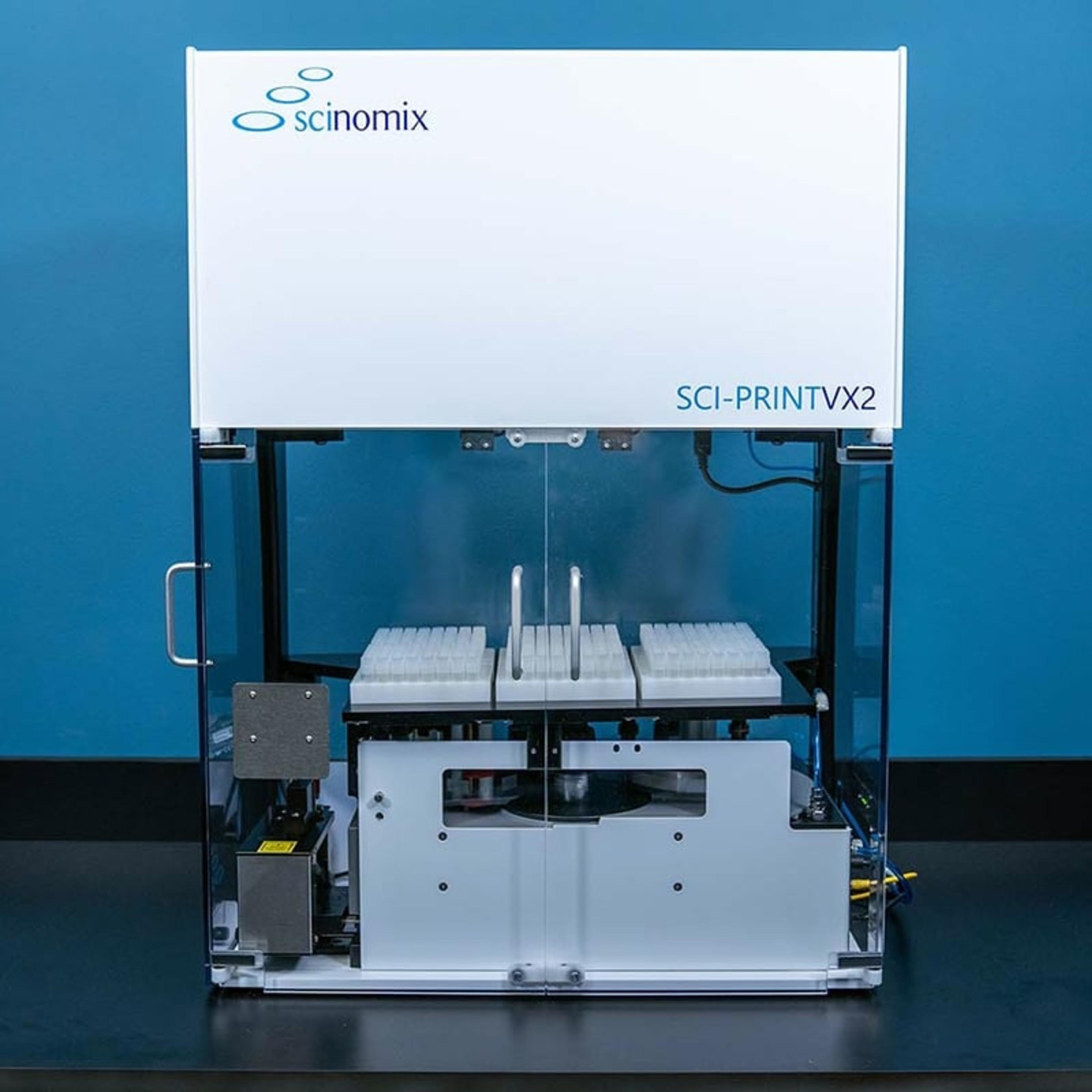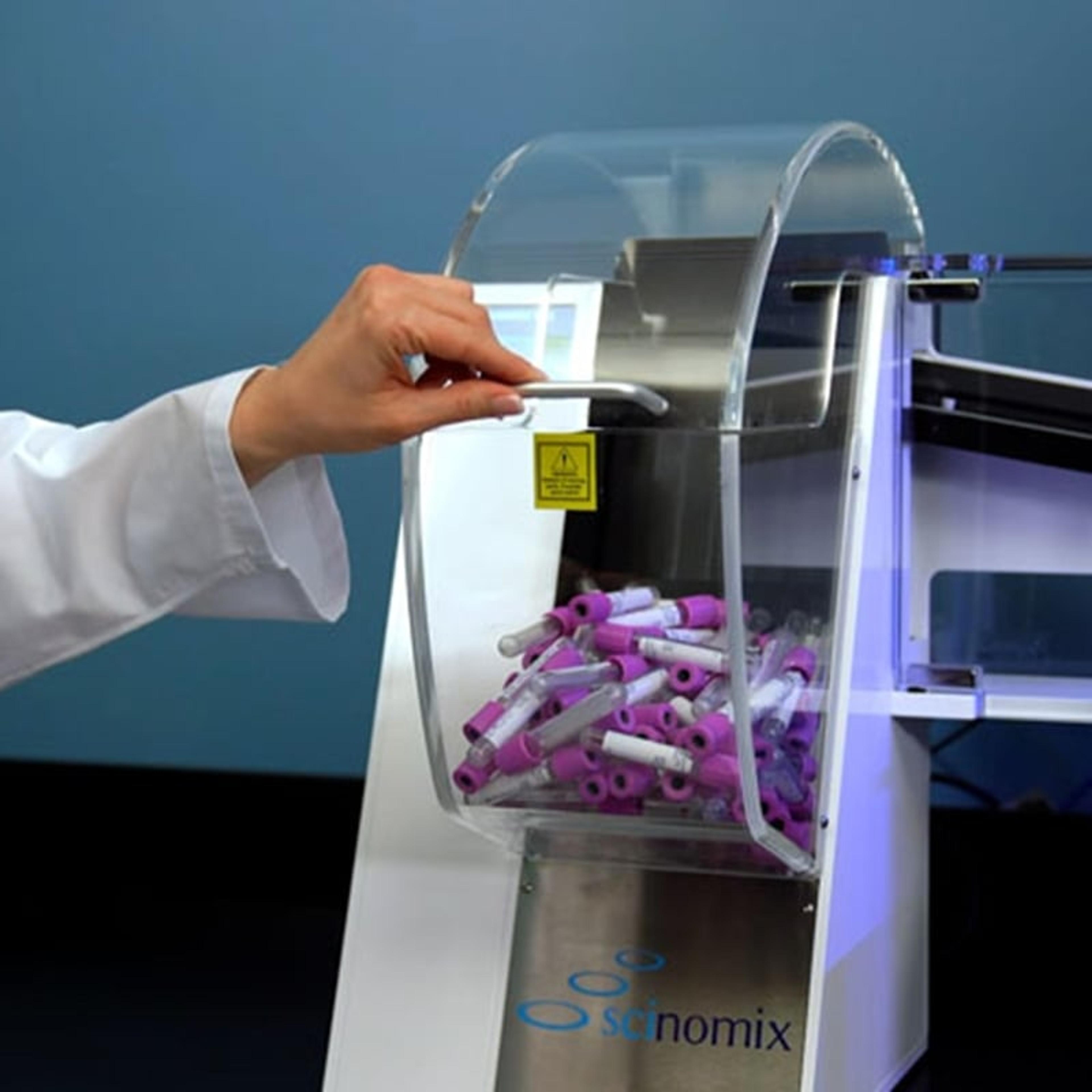From explosives to COVID-19: Applying defense technology to diagnostics
Discover how an innovator in drug and explosives detection was able to adapt its portable technology to aid COVID-19 diagnostics
26 Jan 2022

The COVID-19 pandemic has brought with it an urgent need to ensure accessible diagnostics to monitor outbreaks and to protect as many people as possible. This need was recognized not only by existing medical manufacturers but also innovators in other industries, such as agriculture and defense, who could see the potential advantages of their approaches to rapid detection and so mobilized their resources.
In this exclusive interview, we speak with Chris Gaffney, developmental scientist at DetectaChem, Inc., a leader in mobile drug and explosive detection, to explore how its daughter company, MD-Bio, has been able to successfully adapt its MobileDetect platform to fit the needs of the medical industry, catering for rapid COVID-19 diagnostics with support for further pathogens in the pipeline.
How was MD-Bio formed and what is its mission in COVID-19 testing?
CG: DetectaChem, Inc., one of the front runners for drug and explosive detection using a mobile platform, is the parent company for MD-Bio. The company offers a phone app as well as a machine called the SEEKERe, a small handheld explosive detector. DetectaChem, Inc. works with almost every government entity, for example, the FBI, CIA, ATF, with virtually every warship in the naval fleet having a SEEKERe on it.
DetectaChem’s drug detection products work using a colorimetric spectrum and so, once COVID-19 hit, a couple of our engineers decided to see if it was possible to use a colorimetric loop-mediated isothermal amplification (LAMP) that worked in a similar way to how you use colorimetrics to run diagnostic tests. Based on this initial research, the company decided to pivot to making the first product for COVID-19 diagnostics, the BCC19. It received an emergency use authorization (EUA) from the FDA in September of 2020, and then shortly after, it decided to make MD-Bio a full-time separate company, hiring myself and a couple other scientists to spearhead this new venture.
Can you explain the principles of the technology used in your testing solutions?
CG: We have three different diagnostic platforms. We have colorimetric LAMP, fluorescence LAMP, and then qPCR-based probes. In colorimetric LAMP there are multiple sets of primers, unlike PCR where there's only the forward and the reverse. With LAMP, there is the F3, B3, the forward inner primer, the backwards inner primer, and the two loop primers. It's a total of six different primer sets.
What happens is the primers span different parts of the gene of interest, or the pathogen of interest, that it's trying to detect. With colorimetrics specifically, there is a phenol red dye that will shift from a pinkish color to yellow for a positive result, based on a pH change. Instead of using phenol red for colorimetric or fluorescence LAMP, we use intercalating dyes for detection. For our qPCR platform, we use TaqMan probes for a multiplexing-based detection.
We also have the MobileDetect app to read and log test results using a barcode system. For BCC19, the camera can pick up the change in color and provide diagnostic results. This system can also pair with a company’s existing logging system, meaning they can give out results to customers.
How have you automated your laboratory workflows when designing and manufacturing the test kits?

CG: In the laboratory setting, we try to use automation for the less meticulous or strenuous tasks, to reduce fatigue. For all our filling and labeling we use Sci-Print VX2 tube handling system combined with the VXQ bulk tube feeder and the Sci-Pump Peristaltic pump. We also have a couple of automated pipettes that we use. All our extraction is done through a machine-based approach and then, for any visualization of nucleic acids, we have a few qPCR and PCR machines.
Automating where we can has helped save time for the whole team, which also means we can focus on other tasks outside of production. Production can be a very time-consuming and tedious process because the samples have to be perfect, be delivered in the right amounts, be consistent, and you have to make sure there's no potential for contamination. We have to validate and pull samples to make sure they are free of anything that's going to inhibit or contaminate the reaction for our customers.
Do you receive support from the manufacturer?
CG: Scinomix has always been on hand to help. I like the personal one-on-one that the company is able to provide as it’s not a huge conglomerate like some of the other companies in the sector. Anytime I've had a problem, I've called one of its representatives. I've never really had a problem getting a hold of someone, and they are usually very, very patient and helpful.
Do you have any advice for other scientists who might be looking to purchase this equipment?
CG: I would recommend the Sci-Print VX2 tube handling system and the VXQ bulk tube feeder to anyone who is losing throughput in their production line. For example, we’re able to program it, validate that the fill volume is correct, then just leave the machine to run. We then grab the samples that we're going to validate and then we store the rest.
I think it would suit anyone who is trying to increase production of not only their assays or their kits, but also the development of other products. I think this is a very good piece of equipment, and there's not really too many like it for the price. The footprint of the Sci-Print VX2 tube handling system only takes up half of a benchtop, so we’re able to have other equipment on that station.
Is MD-Bio looking to expand its offering in the future? Will it be adding support for other pathogens?
CG: Yes, definitely. Right now, we have the EUA for colorimetric LAMP, but we’re also working on a multiplex assay for the flu and COVID-19. Instead of a large qPCR machine, we will be offering our own machine with a much smaller footprint. Alongside this, we're also looking at a point-of-care product using a multiplex assay. We have a couple of point-of-care fluorescence LAMP assays that we have just developed, but we’re just waiting on the EUA to come through.
That's what we're working on now, but we are also looking to work in the animal sector. My background is in animals, and so we have quite a few assays that we're working on involving livestock and small pets. To achieve this, we have partnered with a couple of universities to help develop certain assays that will help vet clinics as well as different feedlots or farmers. The goal is to empower them so they can perform rapid diagnostics on site. Similarly, we have also just spun into working within the food sector, trying to help develop rapid diagnostics for the key bacteria of concern such as E. coli, salmonella, and listeria.


